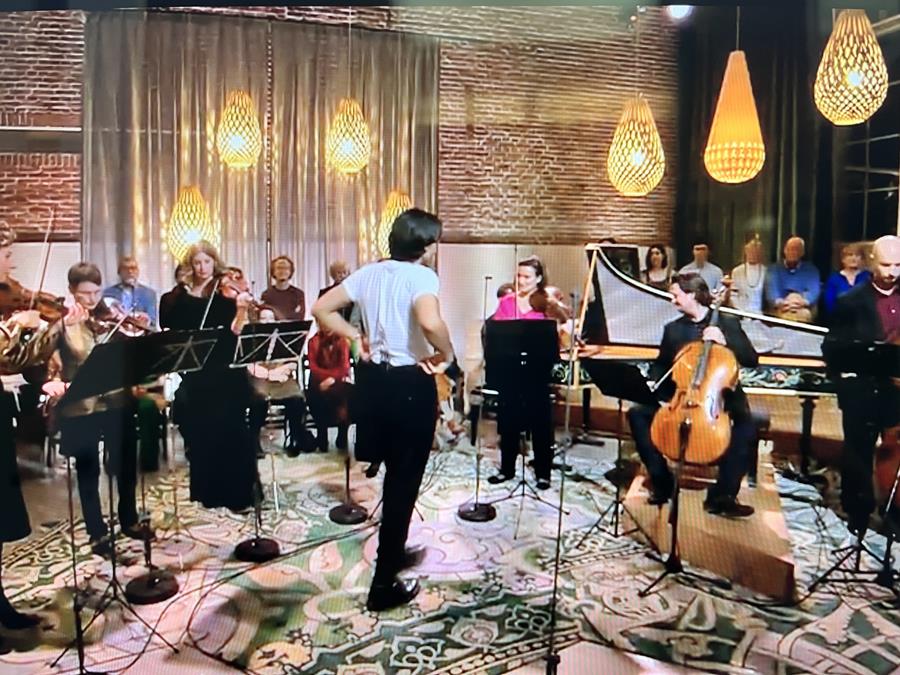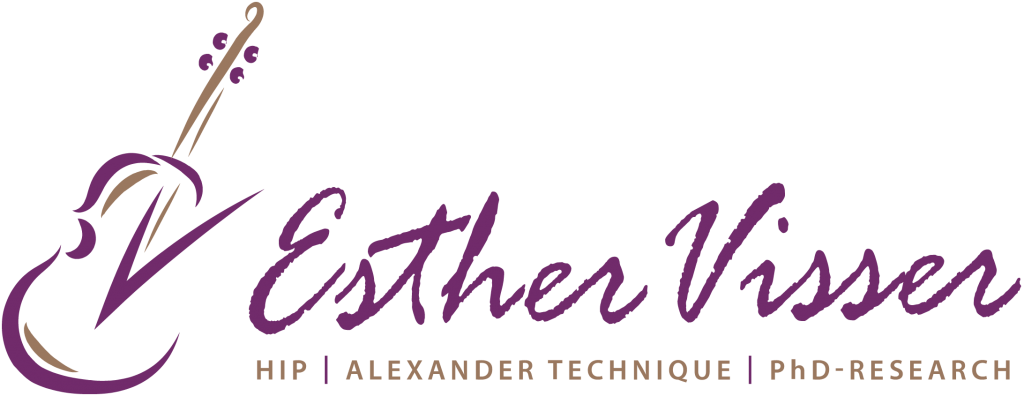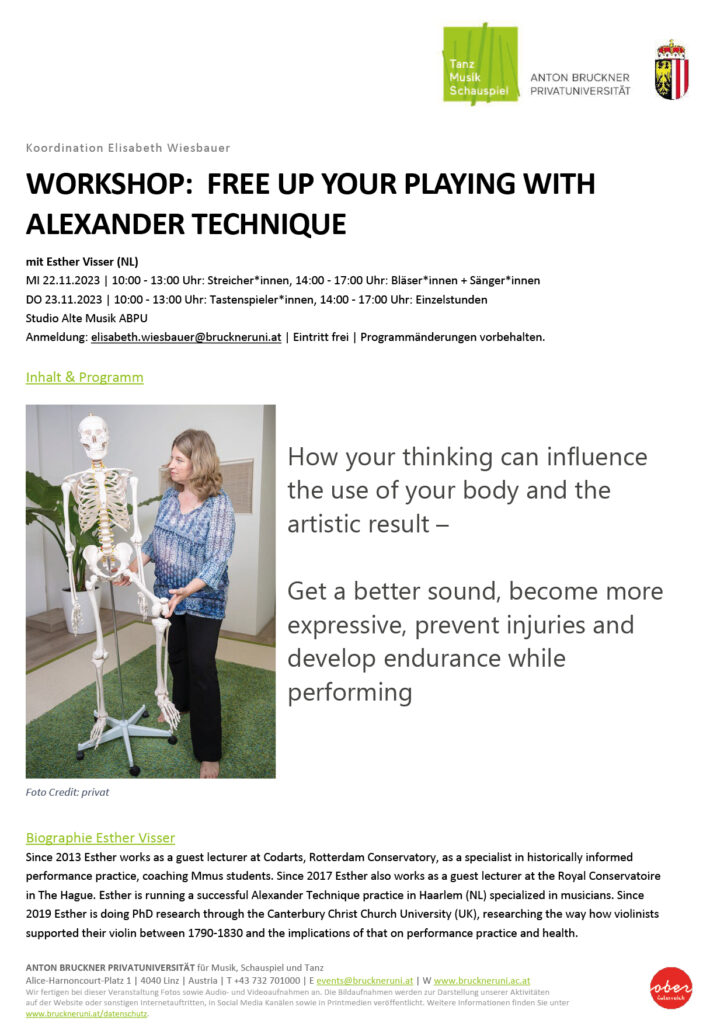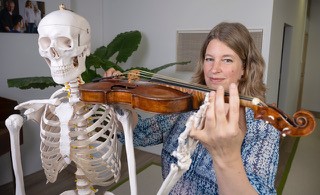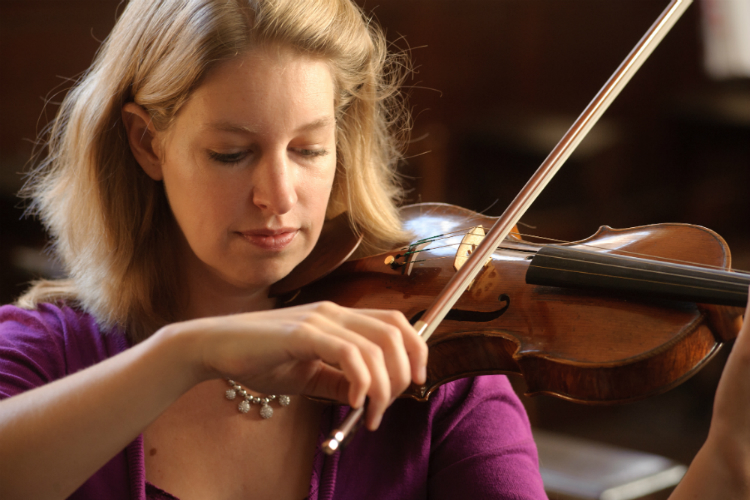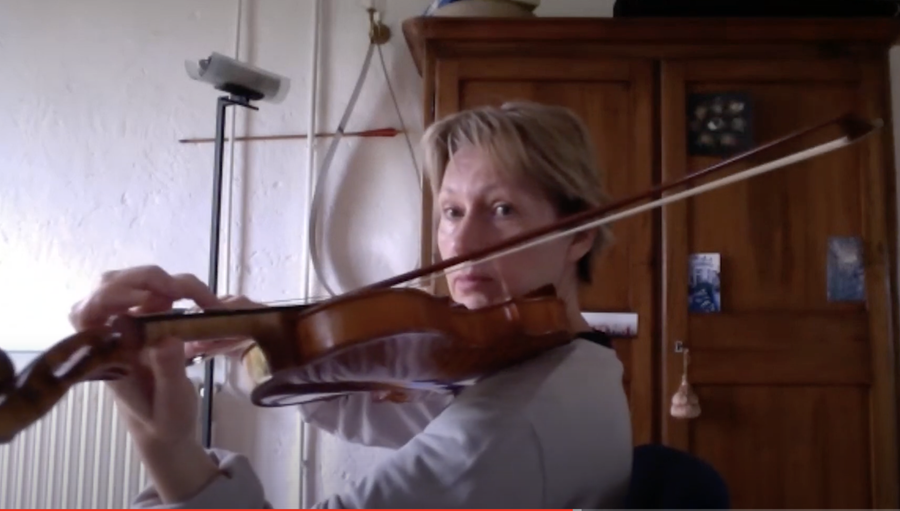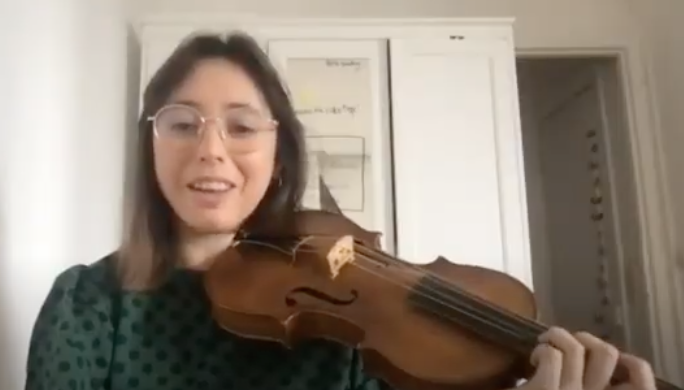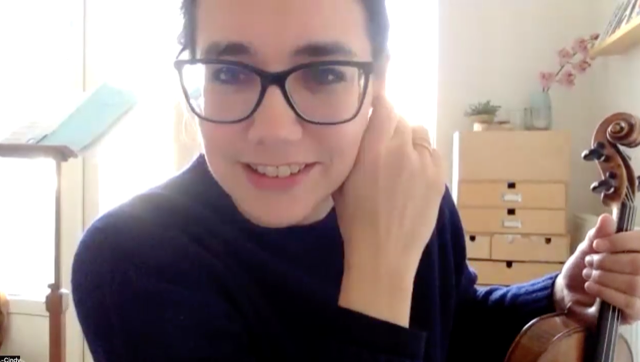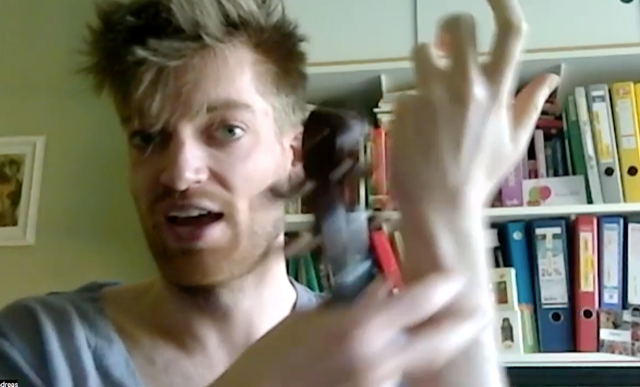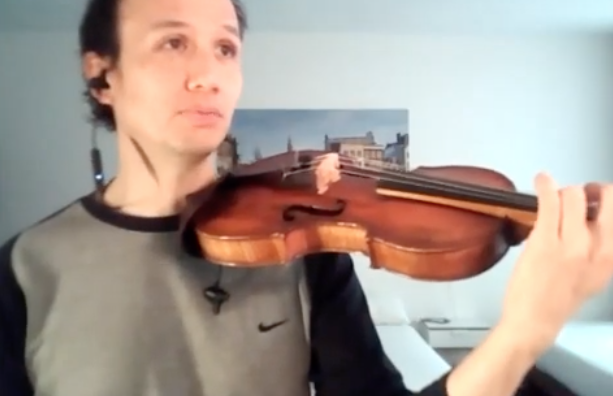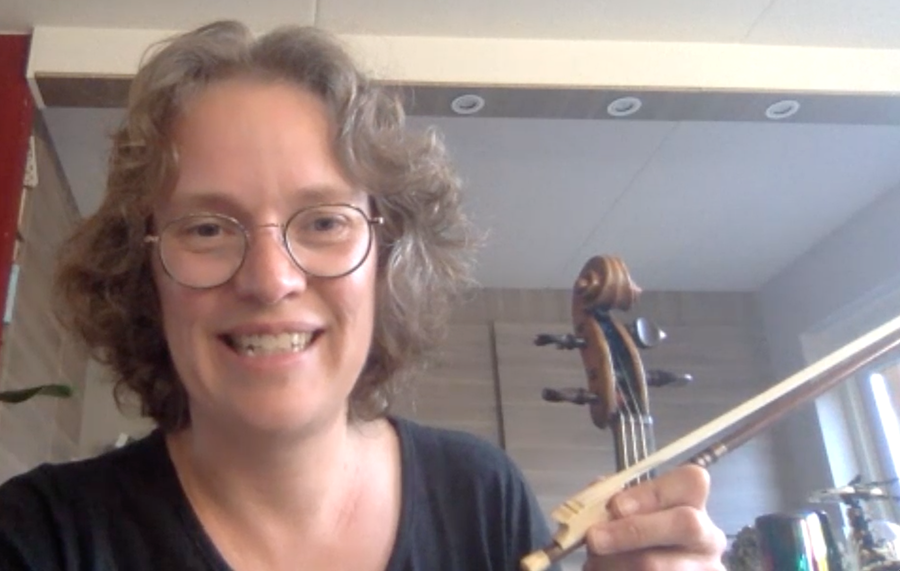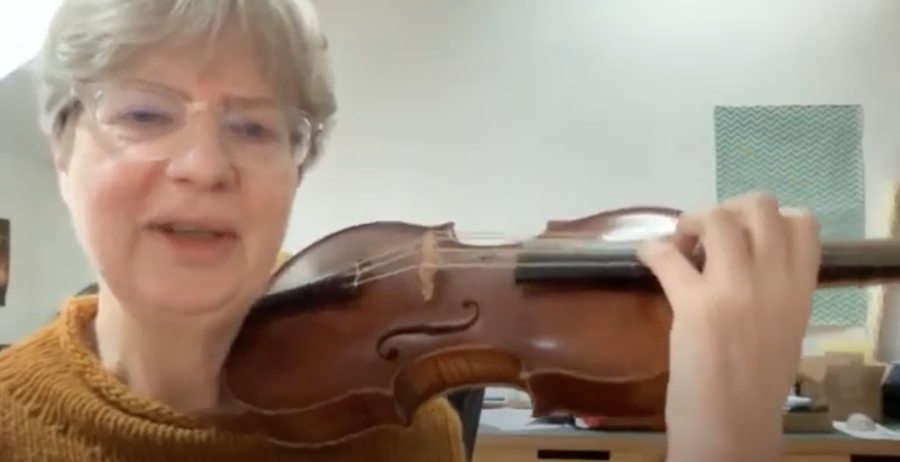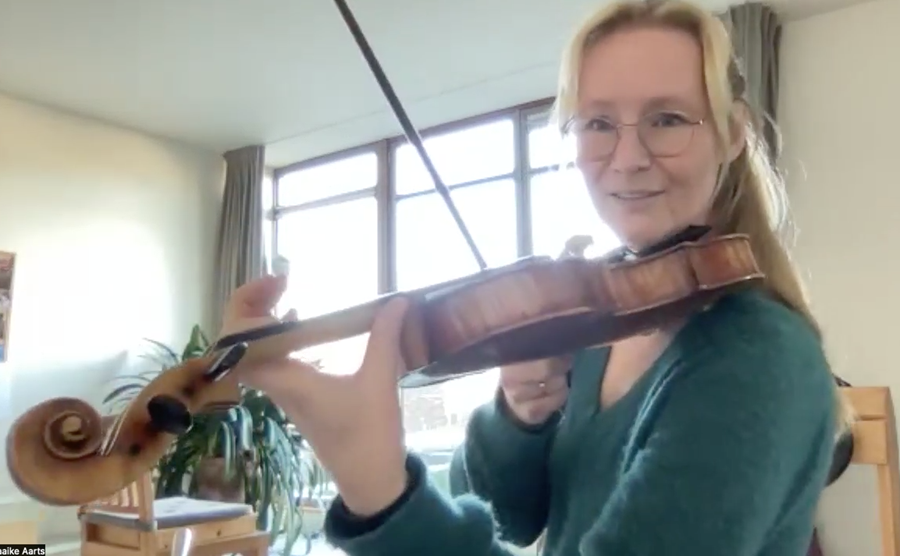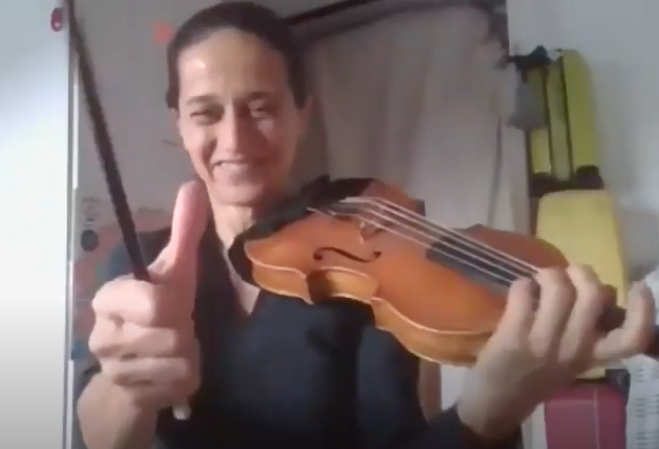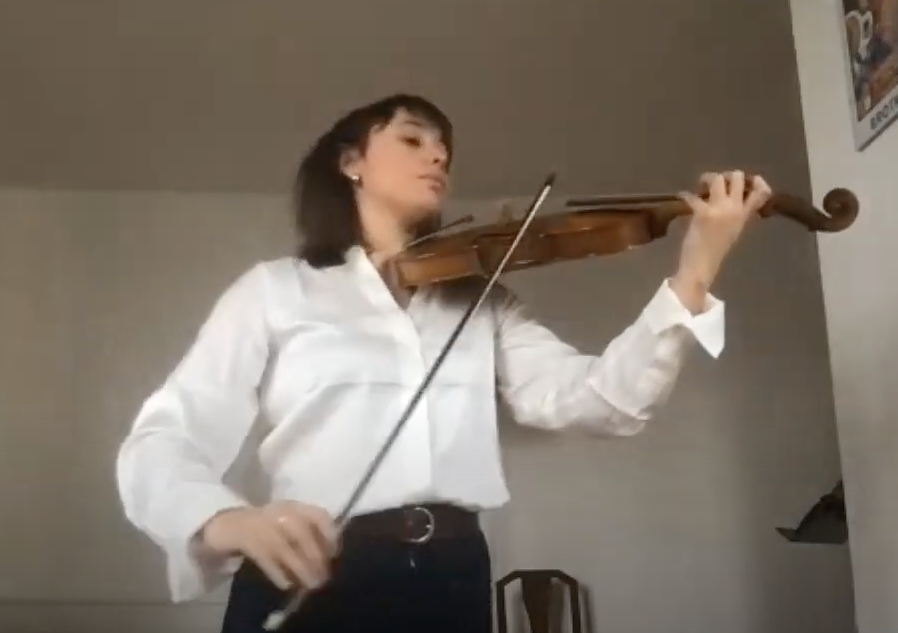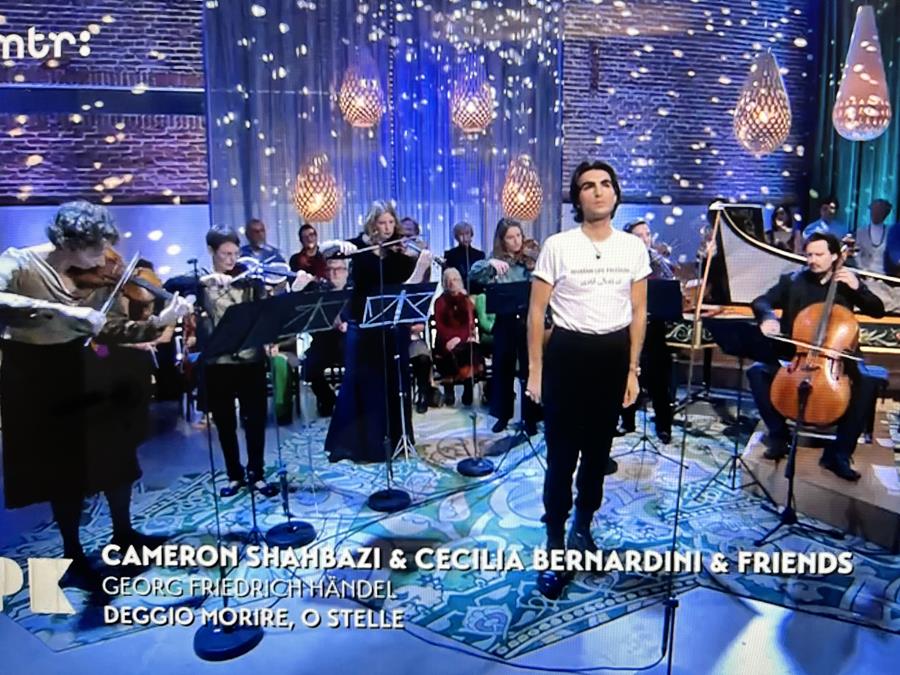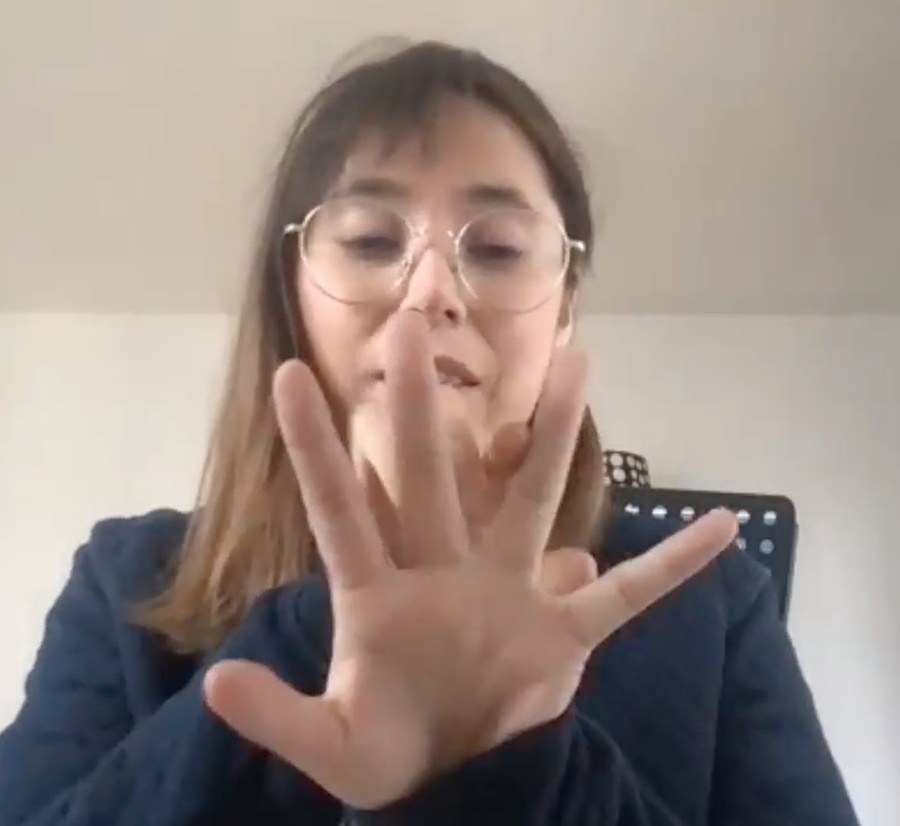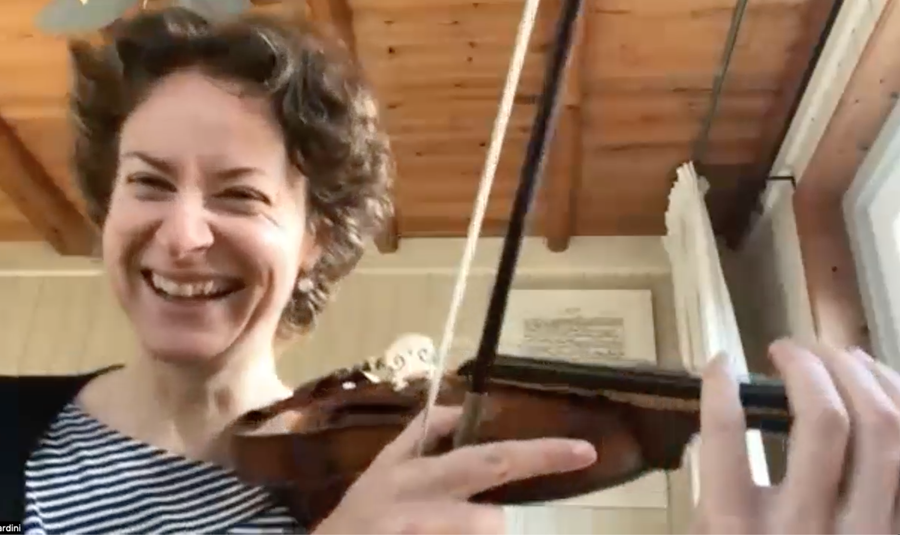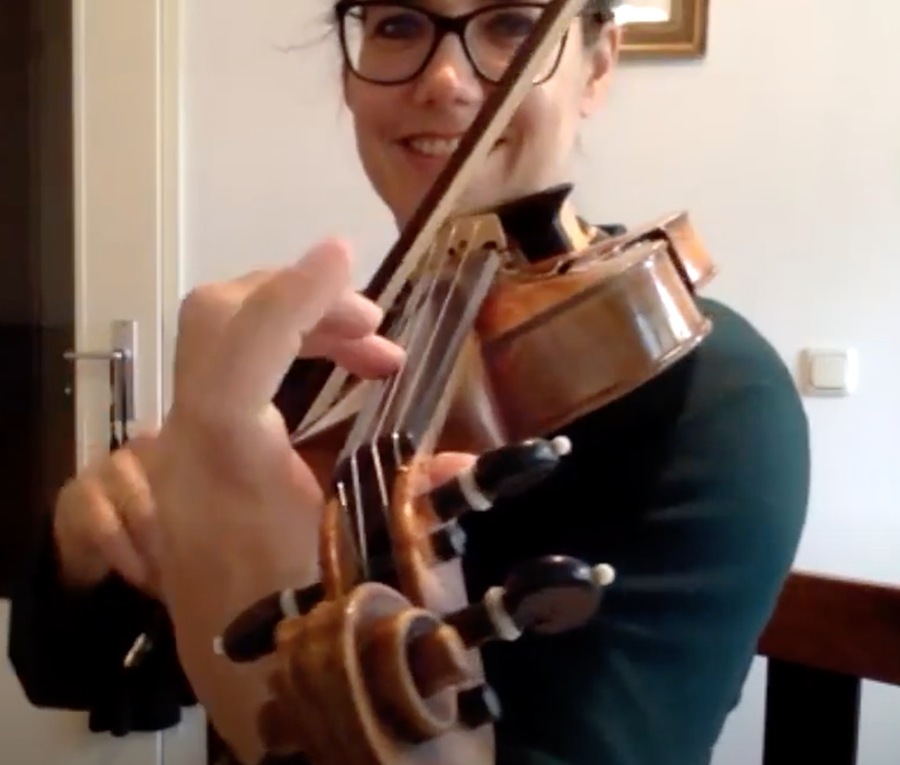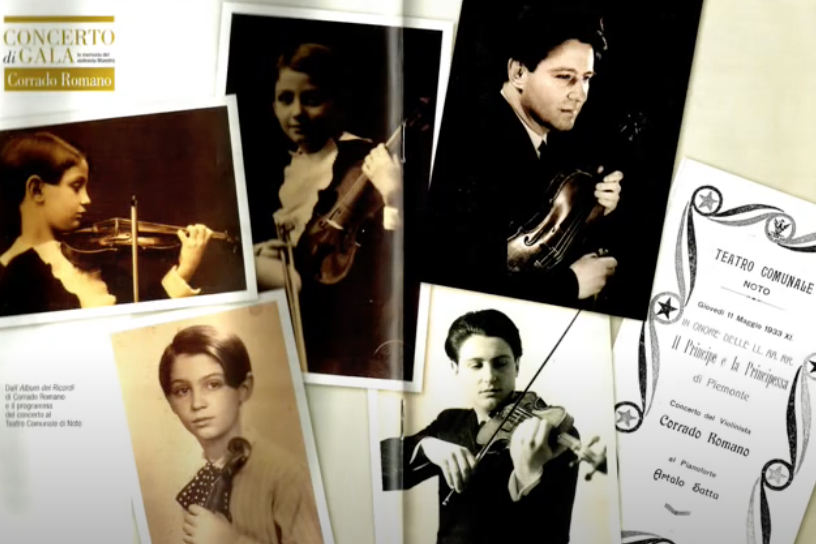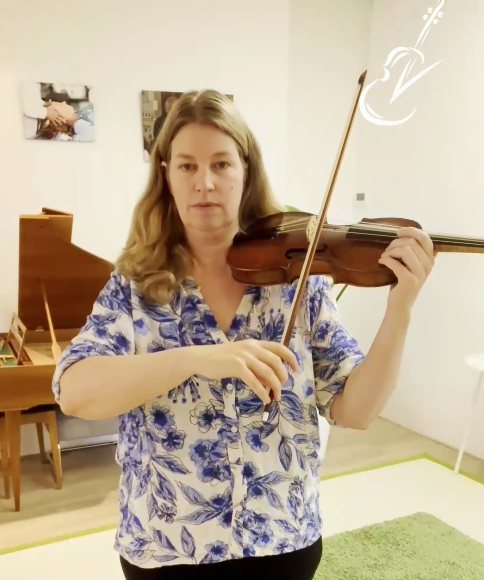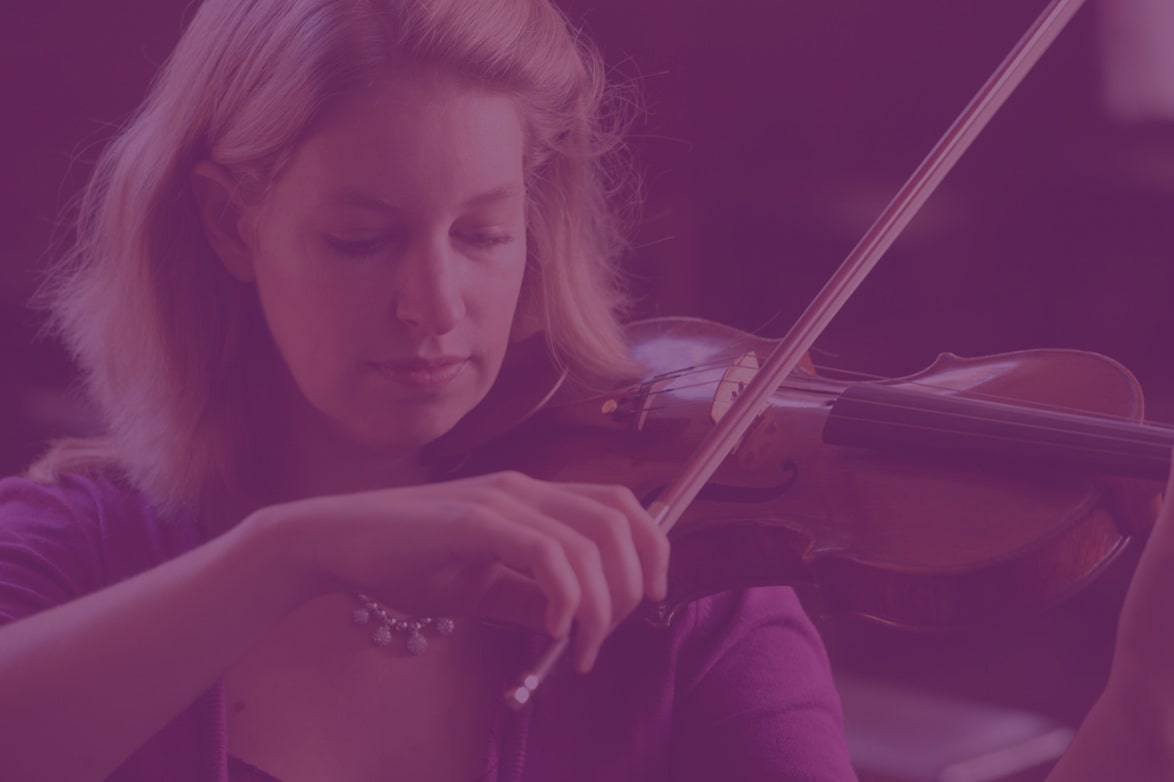
The 16th week of my experiment
Hi everyone,
This is the 16th week of the experiment on playing without a shoulder rest and / or chin rest. Here are some updates and some feedback.
Thank you for sending me your videos, it’s really important for my research. Some people just finished the whole 12 week program, sent their last video and filled out the exit survey. Fantastic, thank you so much! The majority however is still about half way in the program and that is perfectly fine, please do take all time you need and don’t hurry.
Again, some more new participants joined as well, welcome to Niko and Simon! Many people already filled out the entrance survey. Thanks. If you didn’t do it yet, please do so before you start the lessons.
If you know more people who like to join, for example starting this or next month, this is still possible through my website. If you missed the newsletter last week, you can still read it here. There is a collection of past newsletters at my website available too.
Please be welcome to join the Zoom session next Wednesday 11.00 AM (Dutch time) if you want… Just to meet or to ask some questions. Would be nice to meet up. You can watch Zoom sessions back on the login page where the video lessons are, as well.
“I think your research is very important and I think you are very right on all the points you raised. I am so thankful that your talk about this, because almost every musician has unhelpful habits.”
– Jun Keller, Vienna Philharmonic Orchestra,
participant in the experiment
16th Zoom session
Last Wednesday we had a 15th zoom session with some participants of this experiment. It was lovely. If you want to watch it: I recorded the session and there is a link to it in the login page under the video lessons.
Attilio from Sweden, Mariana from Cuba and Ingrid from The Netherlands joined me this time.
First Attilio told me that he is now in lesson 11 (almost there!) and he already feels very comfortable playing without a shoulder rest now, great! Earlier in the process he felt tired when he played for longer time in this way, and I had to slow him down… urging to do not more then 10 minutes, but now he feels he can play much longer. He is planning to play his upcoming concerts next week entirely without using s shoulder rest. Yeah! Attilio also is practising Kreutzer etudes for himself now with this new balance, so he showed me etude nr 5. Indeed, it looked and sounded very comfortable and nice! One little thing… it seemed to me that his left shoulder still came up a tiny bit as soon as he took his violin towards himself. We worked on that and it improved! It was just a small thing, but I am happy we solved it, as even a small movement like that can cause tension. After this, his shoulder was laying down much calmer.
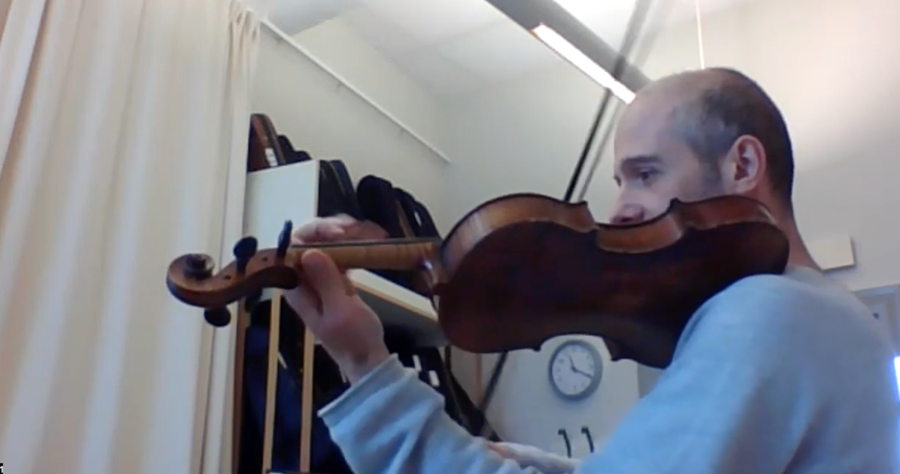

Attilio also shared that he is planning to take away some height from his chin rest as he feels he does not need such a high one anymore. Here you see how nice and relaxed his shoulder are. It was just a small change we made and he needs to stay conscious about it.


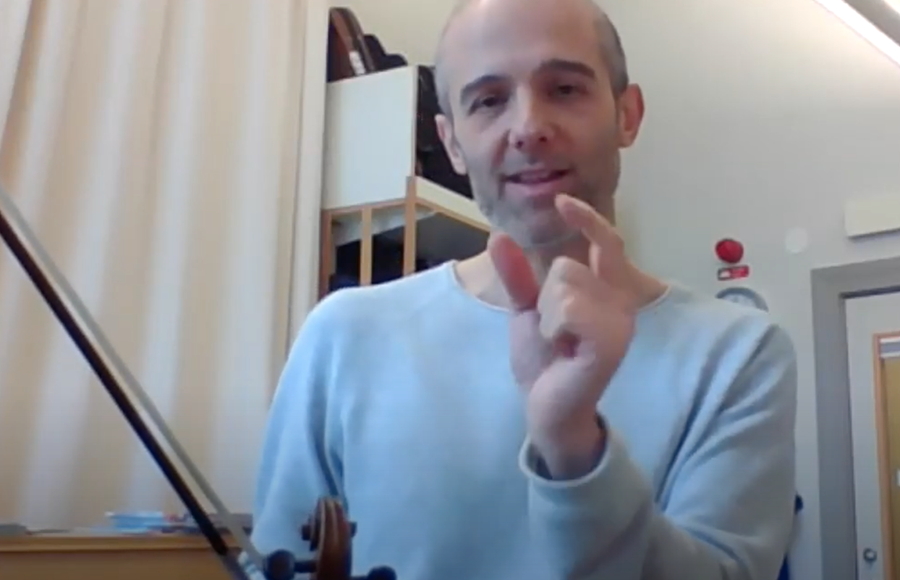
We also discussed the use of his left thumb, as in his case it looks rather straight (not so round) but in a very relaxed and stable way. He told that he is double joined and before (as we saw earlier) it was much more hollow and he used the bony part (the joint) in stead of the soft part he uses now for the contact. We agreed that this ‘straight’ use already is a big improvement and it does not necessarily needs to change more. Attilio told that thinking from the base of the thumb has been helping him a lot to change this. In his hands this way of using the thumb looks very nice and healthy.

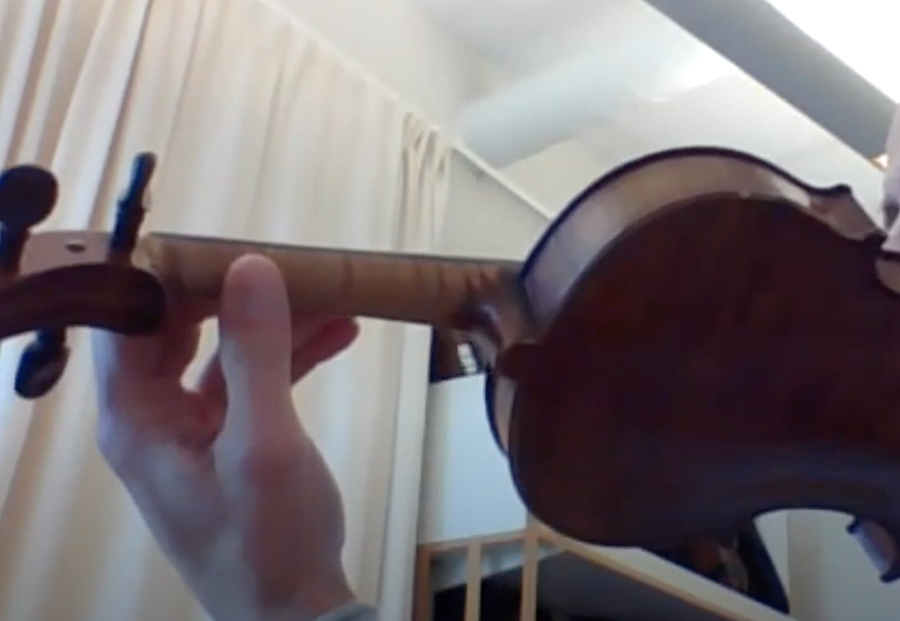
For Attilio (just like me) it’s very important to keep the contact with the violin on his naked skin, so he tries to choose his clothes according to that :-). Also, it’s very important for him to feel safe and comfortable, not tensed, to be able to play in this new way. He needs some more time to completely get used.
He also told about the time that he had an injury in his left hand when he practiced Paganini and he was 16 years old. The only advice his violin teacher gave was ‘just go home and practice more’… and he didn’t play Paganini after that anymore. Now in this experiment it feels so much easier, really nice to hear!
Then Mariana from Cuba joined the Zoom session as well. For her, it was 5.45 AM in the morning and she woke up especially for this. She told us that the internet connection is not too secure there but she just tried. So nice to meet her! We had a good conversation and indeed after a while we lost the connection as internet dropped.


Mariana is half Cuban and half German. She did a Bachelor and Master in violin in The Netherlands, The Hague, on modern violin. Since 5 years ago she moved back to Cuba, and she changed to playing without a shoulder rest around 2016 and never went back. She tried sometimes to put in on the violin again, but we agreed that is then feels like a disturbing object then. However, she regularly struggles with the balance and is still researching to do it more effectively. She now is in lesson 2 of the experiment. In Cuba, she plays in a string orchestra, plays chamber music and she is starting a community project there as well.
Her question for today was, that in this lesson 2 she feels she is making her violin wobble by the bowing, especially on the D and G string…
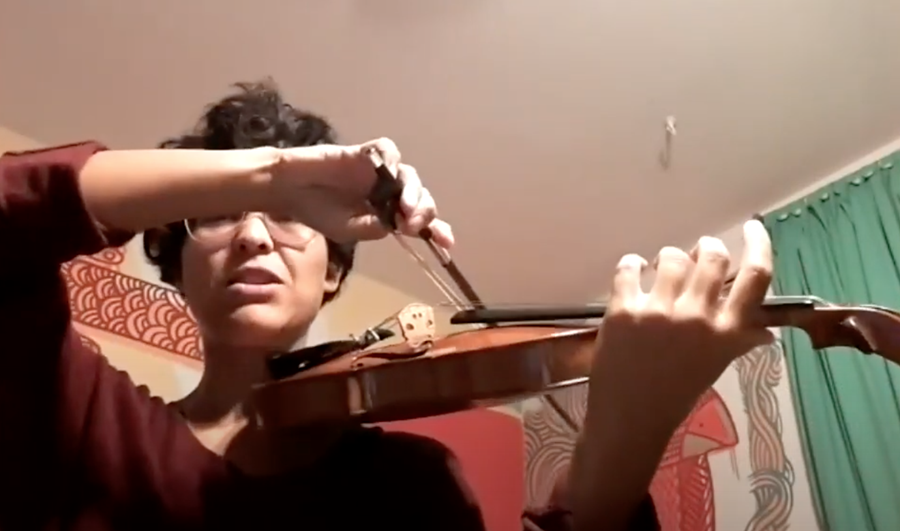
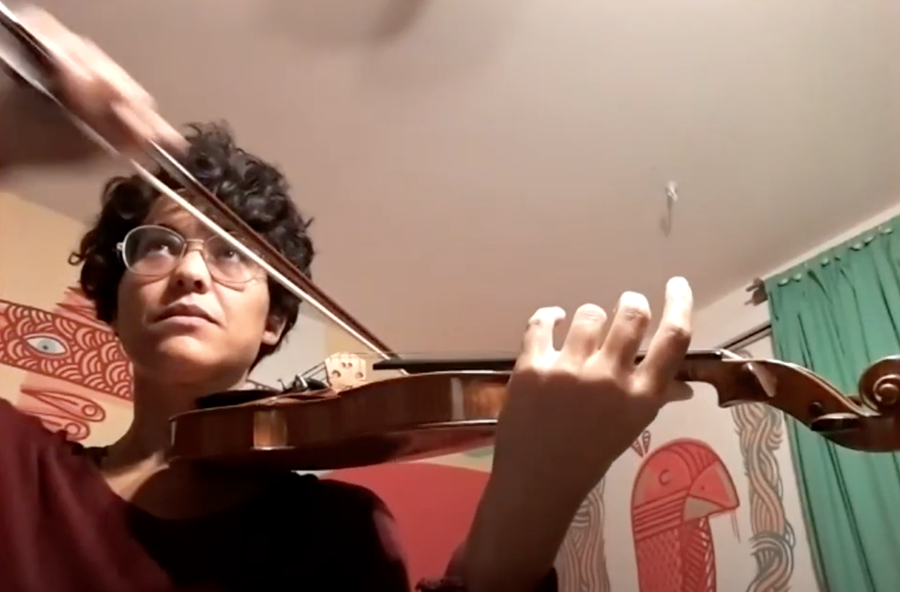
I told Mariana that I see many times in this experiment that the participants have to adjust their bowing a bit, as the balance is more delicate without a shoulder rest. You can not ‘come away’ with a powerful bow change. We practiced a bit changing form the D to the G string in a softer way and it seemed to me that her violin stayed more still. She then very rightly asked: “What to do when you have to play an accent then?”…
I explained and showed on my own violin that in the next lesson (nr 3) this will become possible because then you have one of the fingers on the string and together with the thumb this is stabilizing the violin. So it will not be a problem. With playing open strings in lesson 2 it is normal that the violin sometimes wobbles a bit with the bow change.
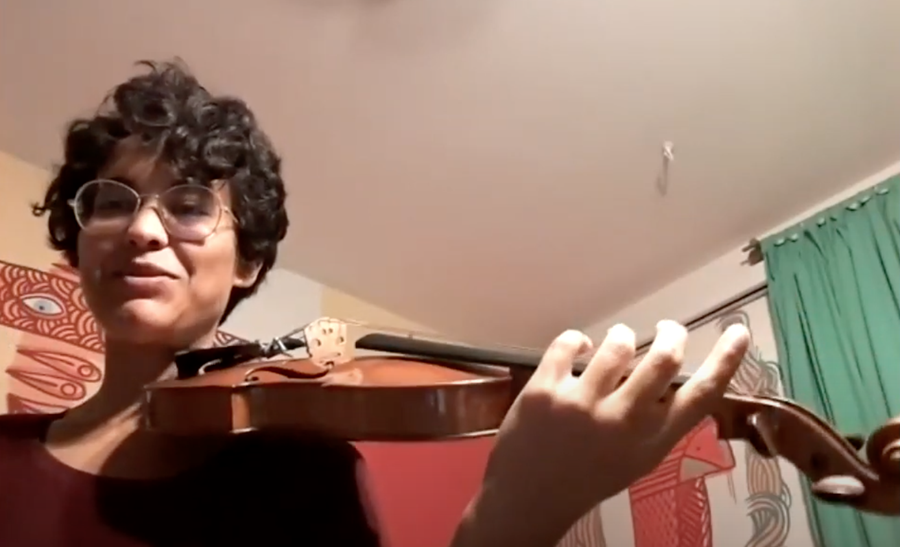

We then discussed which part of the collar bone in fact is touching the violin. I showed her this trick (see picture below) to test if the violin is laying stable on the bone: Press with thumb and fingers of the right hand on the violin at both sides of the tailpiece and check if it wobbles or that is stays stable…
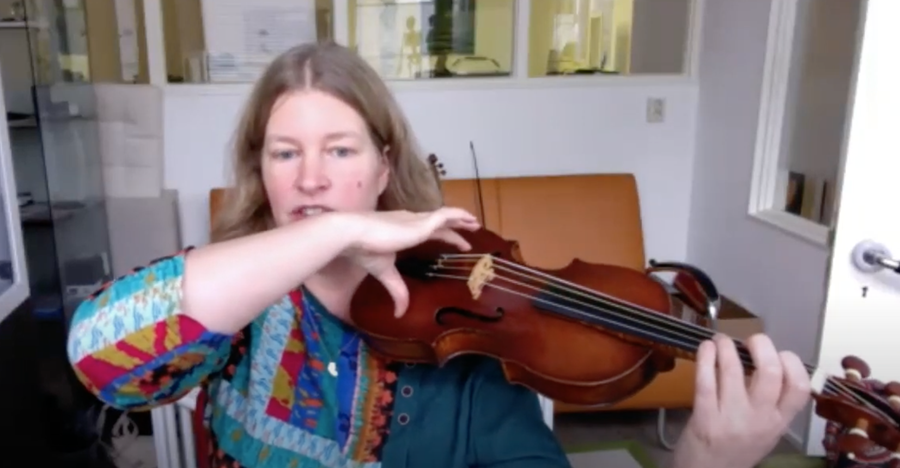
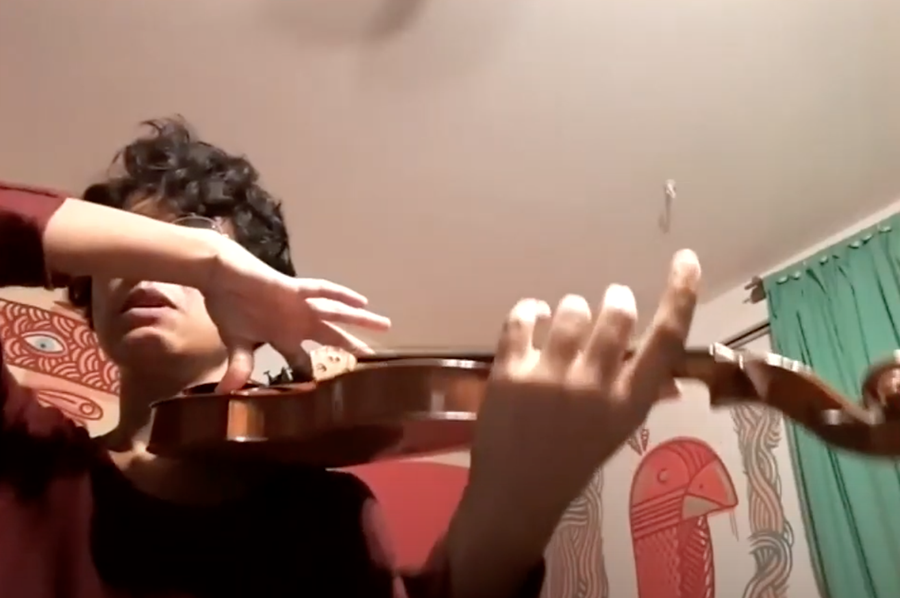
Mariana told us that she already feels more free in her whole neck and shoulder area, so that is really encouraging to hear, nice! After that, her connection dropped. See you next time, Mariana, it was so nice to meet.
Ingrid also joined, but just to say hi and keep connected, as she was sick at home… We wish her a speedy recovery!
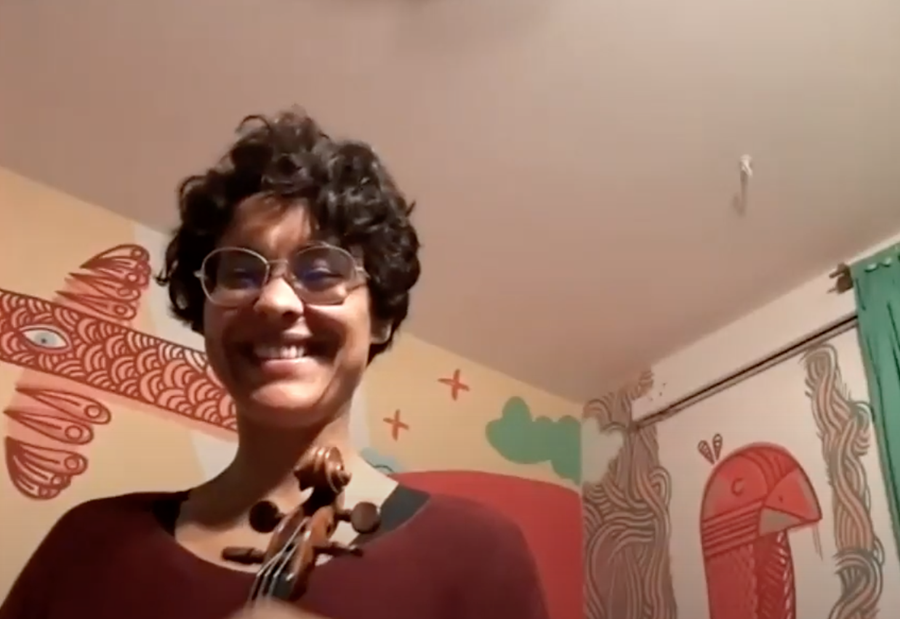
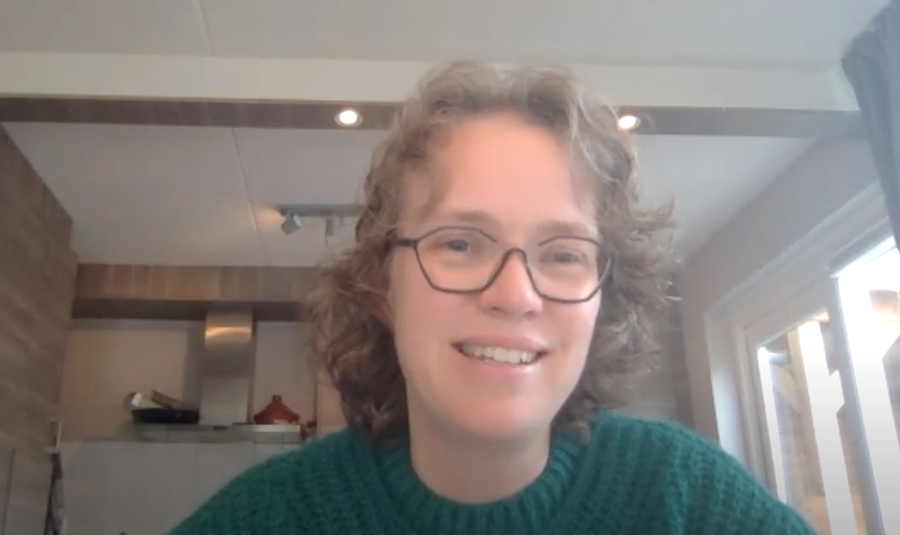
Some participants in this experiment have been asking me to write something about my other activities as well, such as my swimming school based on Alexander Technique and the swim holidays I organize. Maybe later I will do that, but for now I would prefer to keep these newsletters concentrated on the experiment we do together.
However, if you like to learn to swim in a effortless and healthy way, and you would like to work on Alexander Technique and balancing the violin with me… you are very welcome to have a look at my website about the swim holidays (one week, happening 3 times this year in May/July/Sept, at the Adriatic coast in Croatia). You can join for such a holiday, get swimming lessons based on Alexander Technique every morning and have violin and Alexander Technique sessions with me in the afternoons.
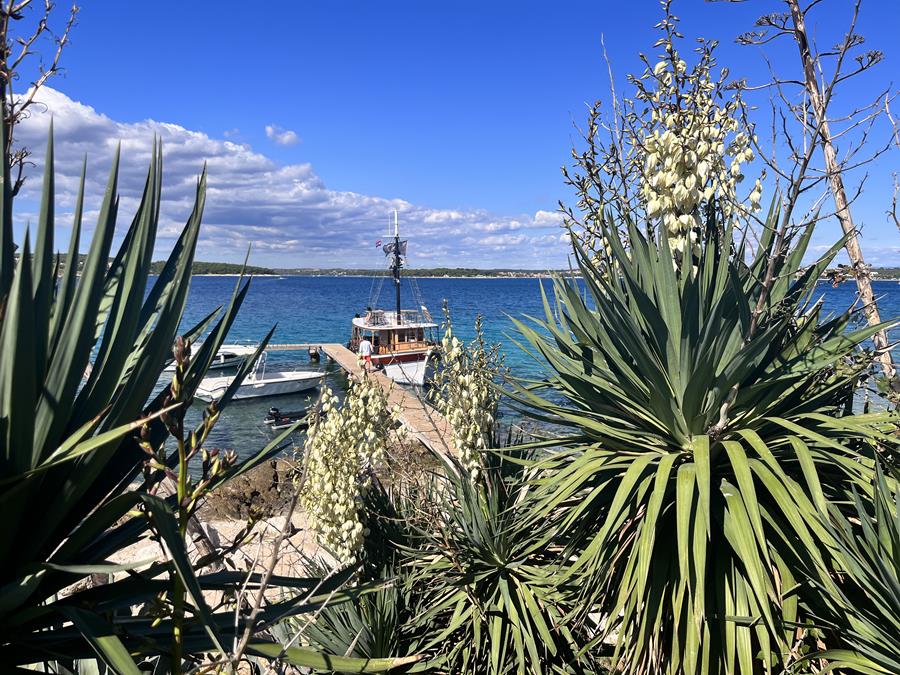
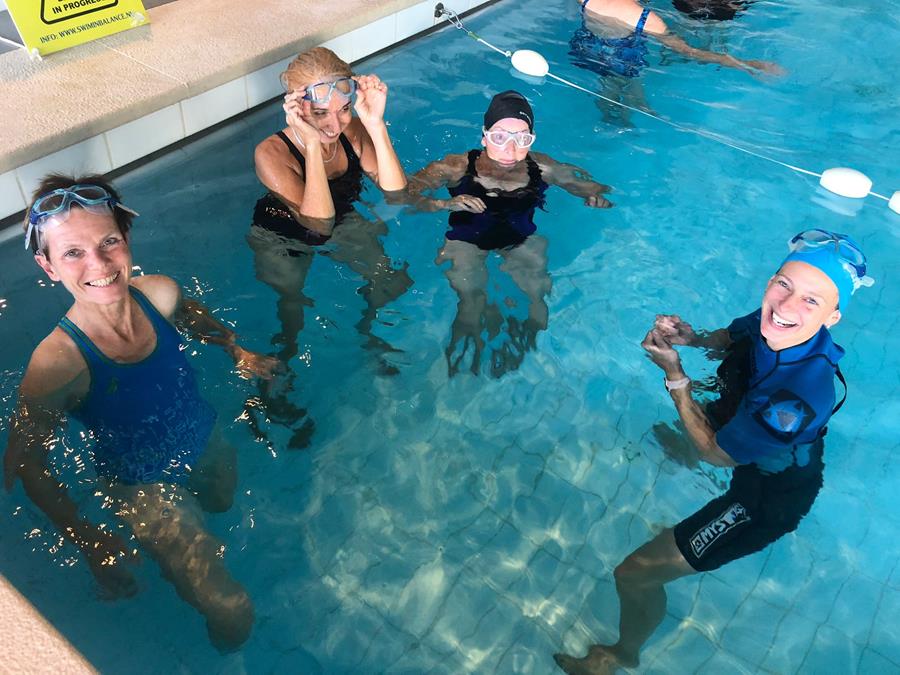
Please take your time
It is important that everyone in this experiment enjoys the curiosity we have, and take part in a joyful and playful way. In that way, we learn the best. Don’t try too much to ‘do it right’…and don’t hurry. If you need more time, just let me know, keep me informed, and we take a bit longer. No problem!
Best regards, please let me know if you have questions,
Esther Visser
